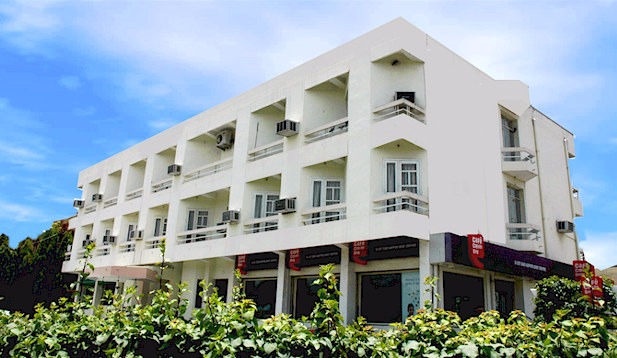
Muscat: More budget hotels and apartments are opening in Oman to cater to affordable and mid-market hospitality sector travellers, the Ministry of Tourism said.
After announcing three budget hotels in Mussanah and Barka, the ministry announced that another hotel apartment is coming up at Sohar. “A hotel apartment with 37 rooms is coming up in Sohar, and is expected to open by July 2017,” it said.
Recently, the ministry had announced that construction was in full swing at the 40-room Hisn Al Mussanah Hotel in Mussanah, 30-room Al Salam hotel and 27-room Orchid Hotel at Barka. All these hotels are expected to open within the first half of 2017, the ministry revealed.
Travel agents said budget hotels will give a big boost to tourism as there was a shortage of such hotels in the Sultanate.
“A large number of travellers look for budget accommodation. Having more hotels will be great as these can cater to tourists who don’t look at four or five star accommodations,” said an official of New Star Travel in Ruwi.
He also said, “The global trend in tourism is changing as tourists with high levels of disposable income are seeking something new during their vacations.
“The budget and mid-market hospitality sector will offer a touch of authenticity to travellers,” he added. Oman is looking at 8-12 per cent annual growth in the tourism sector.
Recent NCSI statistics revealed that local tourism contributed 77 per cent to the total earnings in the Sultanate’s tourism sector in 2015.
The 9th Five Year Plan (2016-2020) accords a great deal of attention to this sector, recognising the significant role it can play to attract foreign investments and create employment opportunities.
The data released by the NCSI about tourist indicators also showed that the tourism sector contributed 748.6 million to the GDP, accounting for 2.8 percent, in 2015, up from 2.2 percent in 2014. The tourism indicators bulletin referred to a rise in the number of hotels in the Sultanate, with the country having 318 hotels in 2015, compared to 235 hotels in 2011, an increase of 35 per cent.